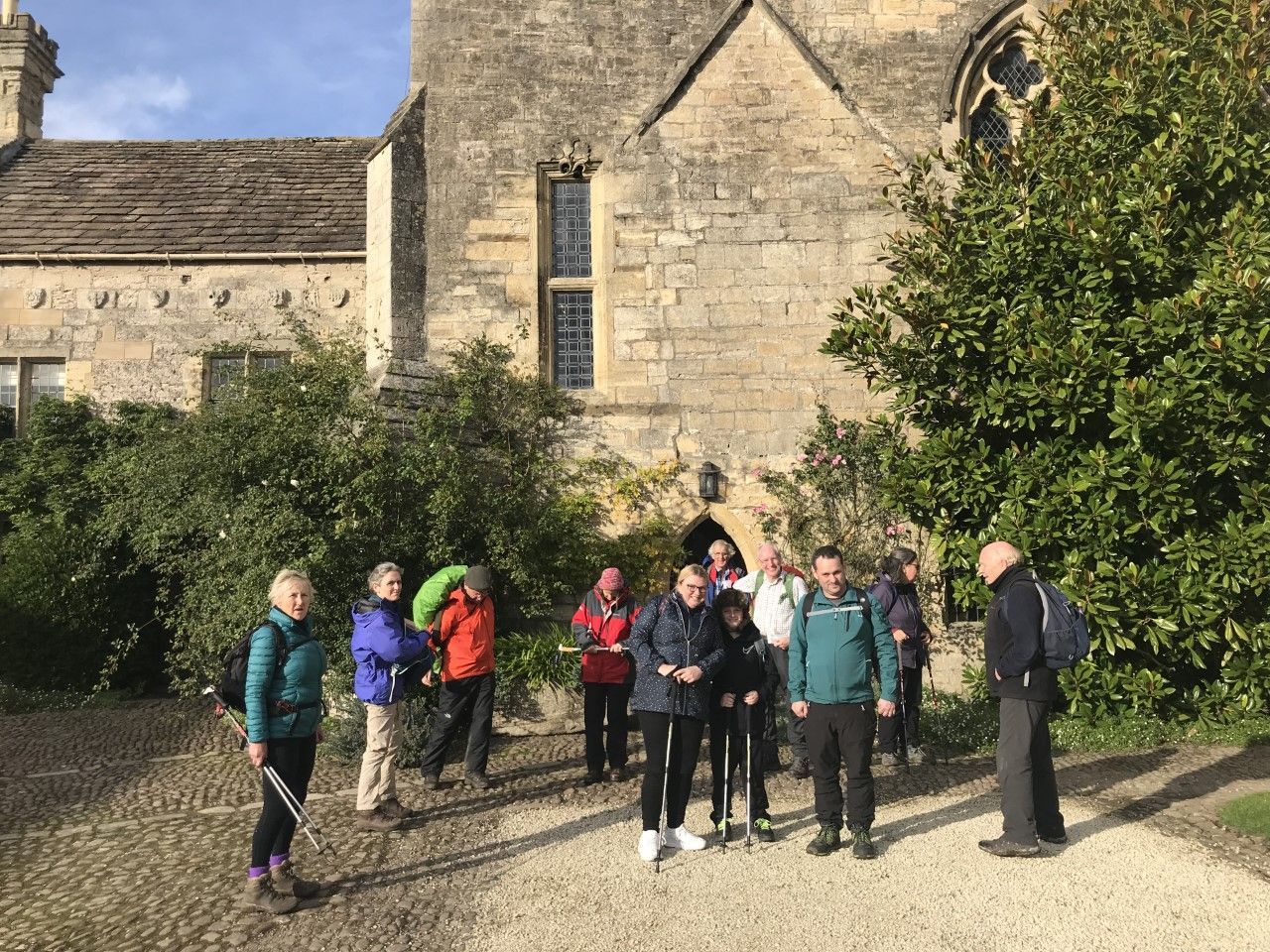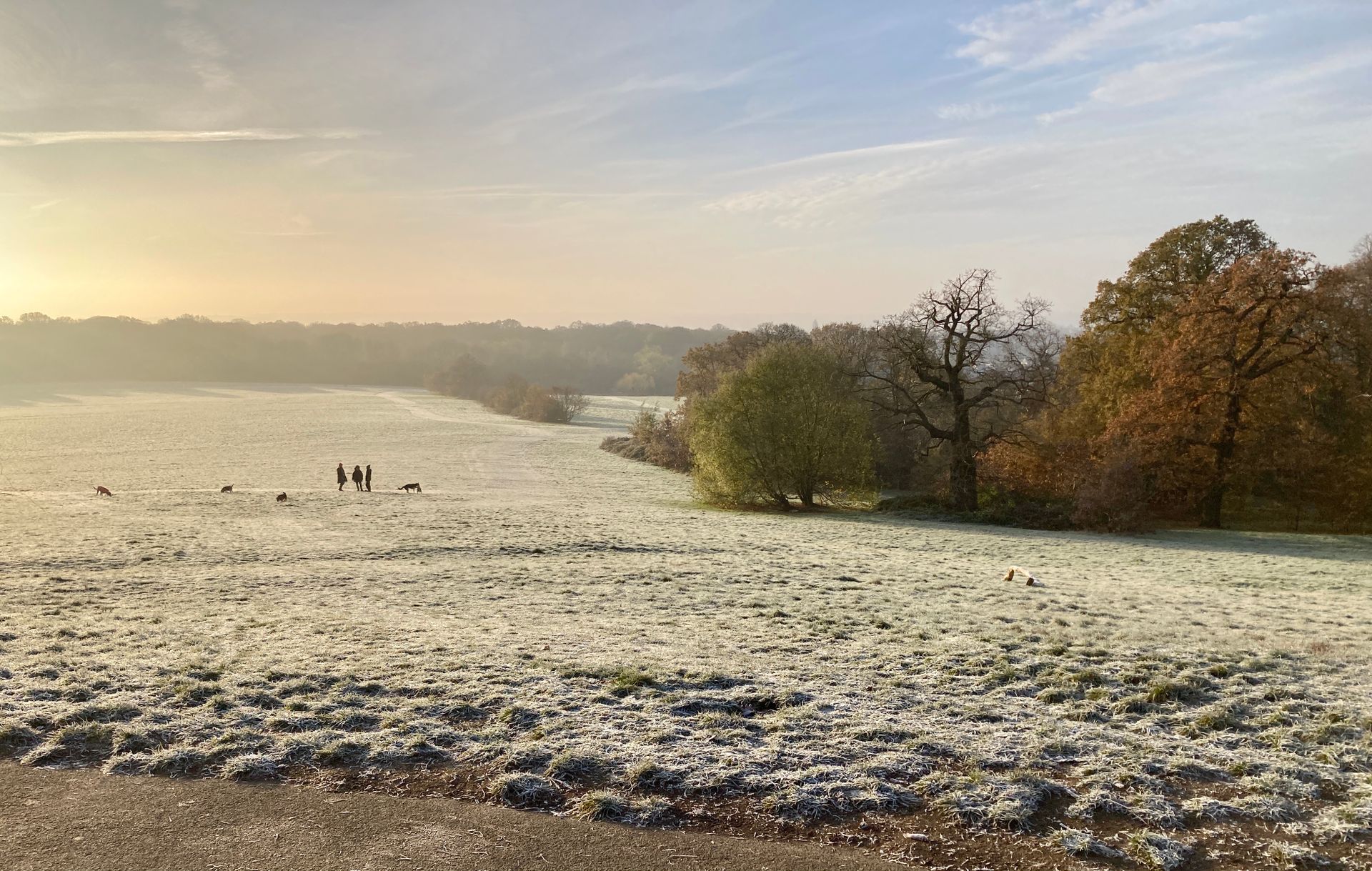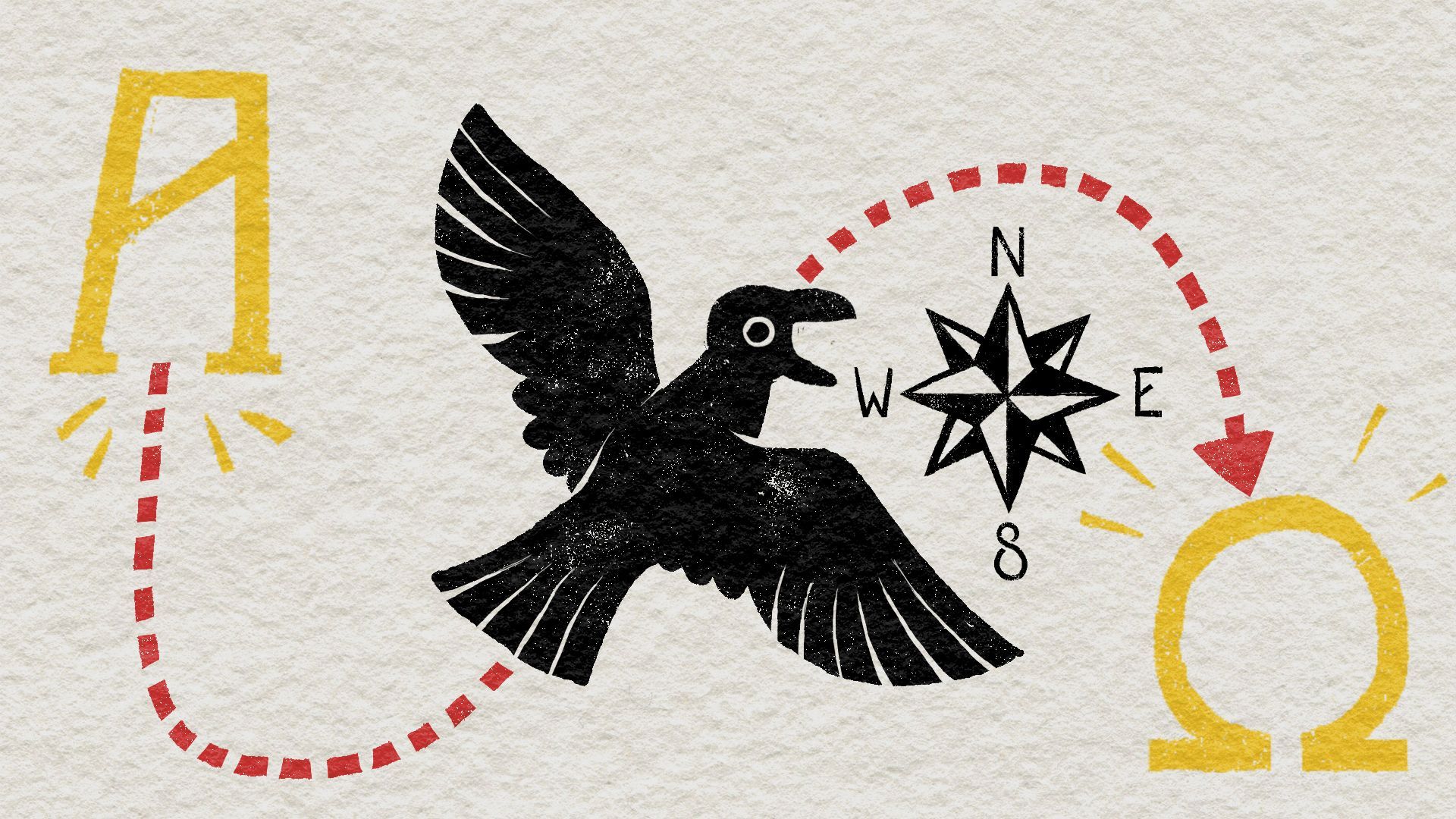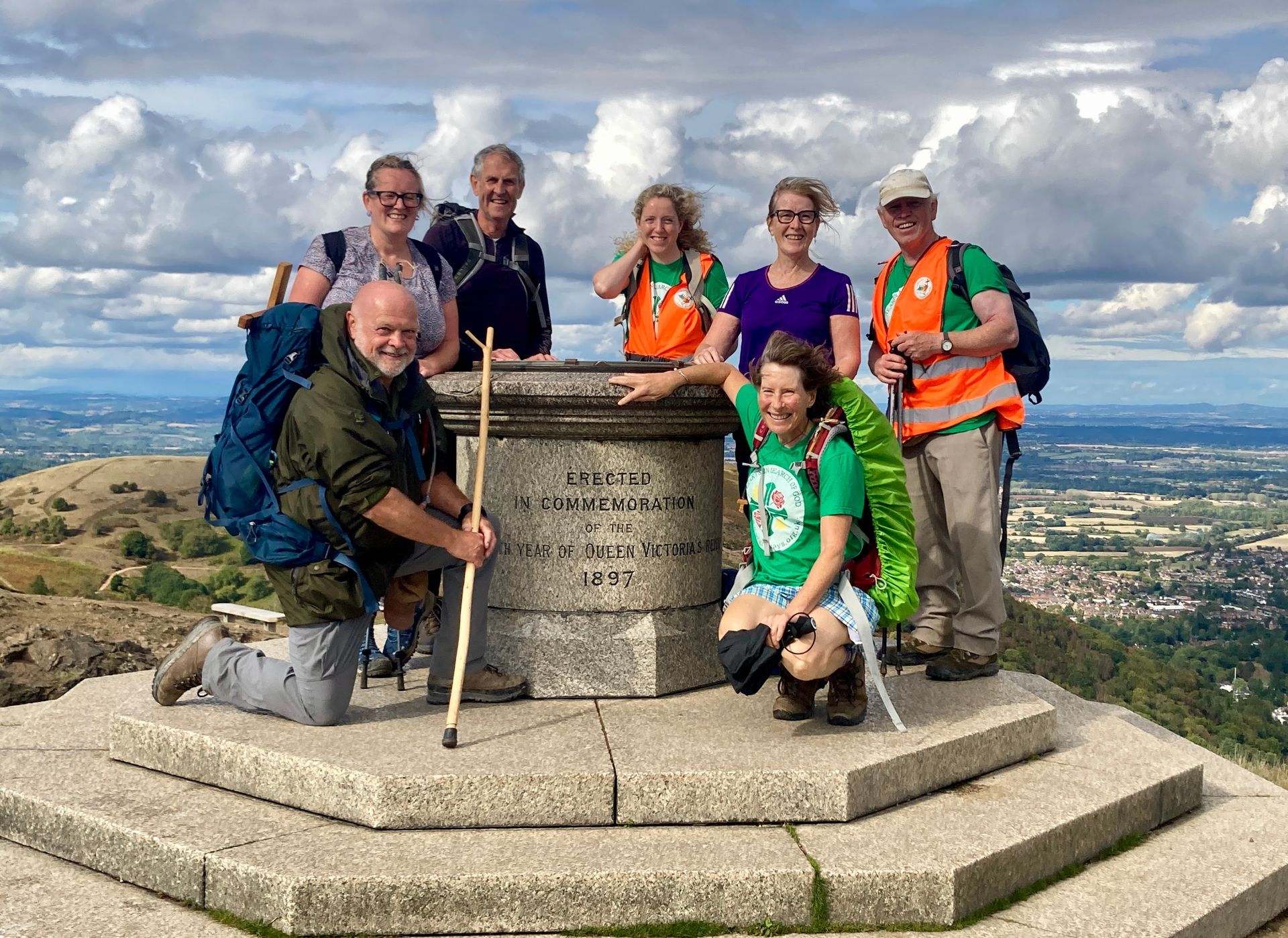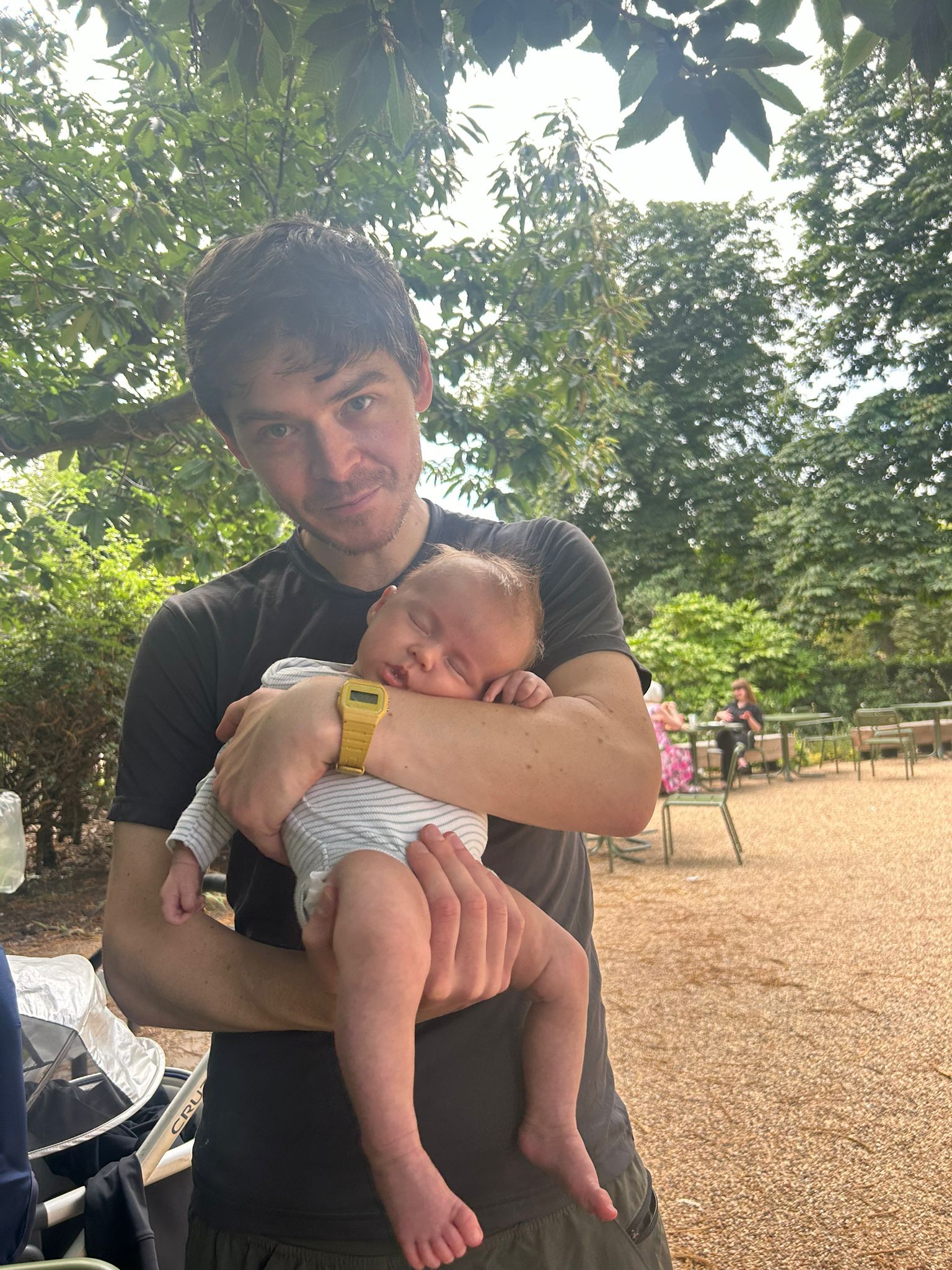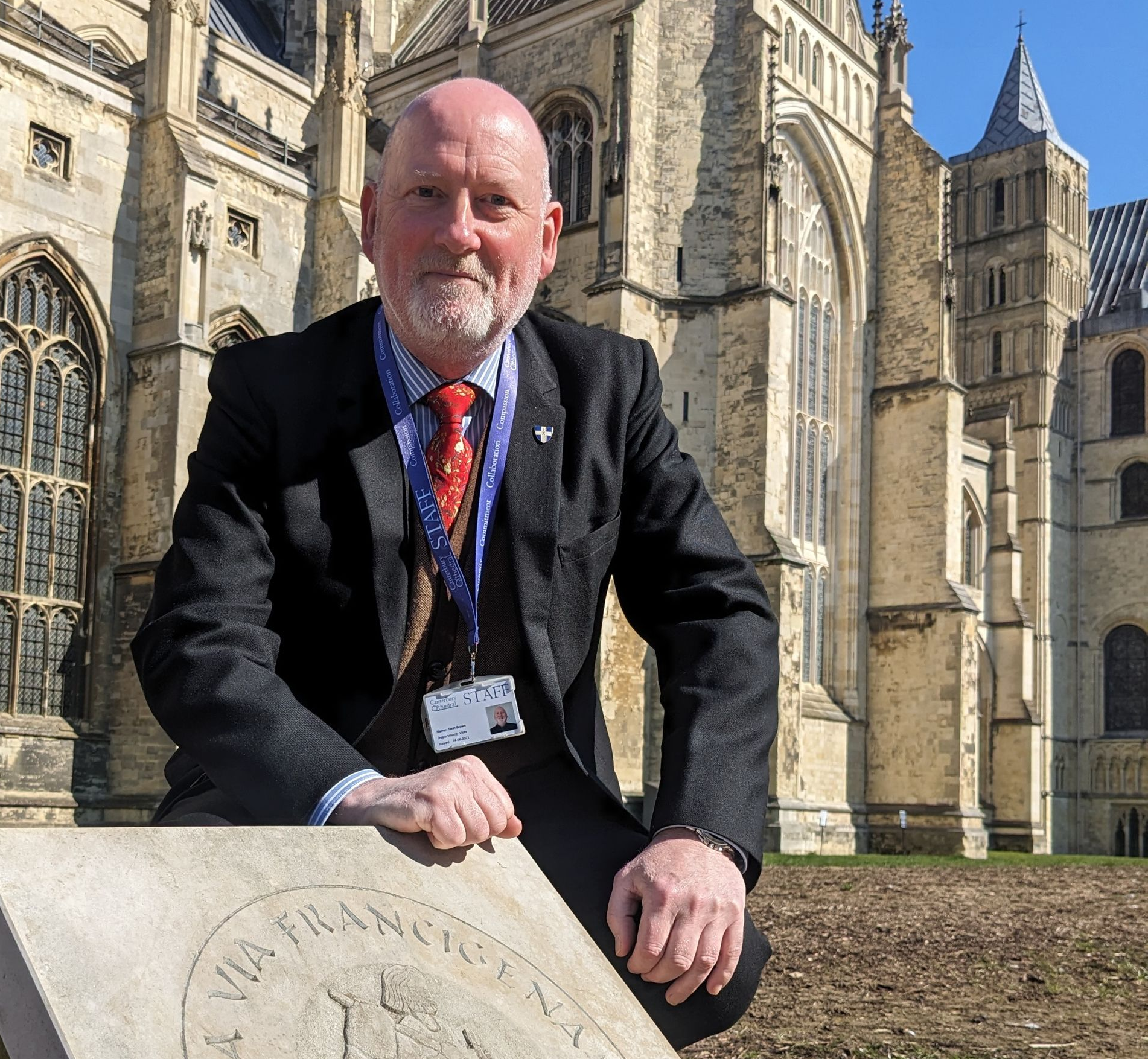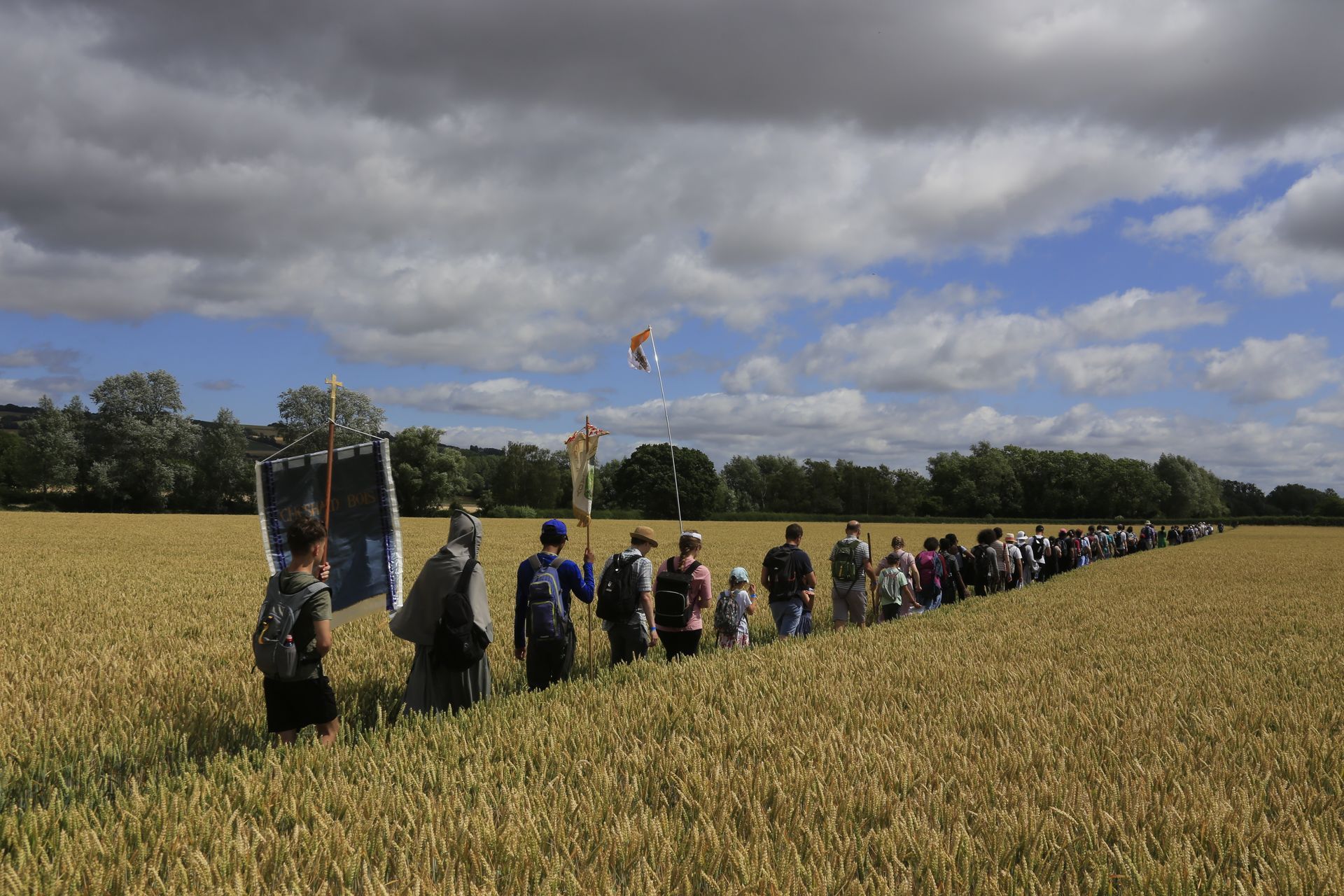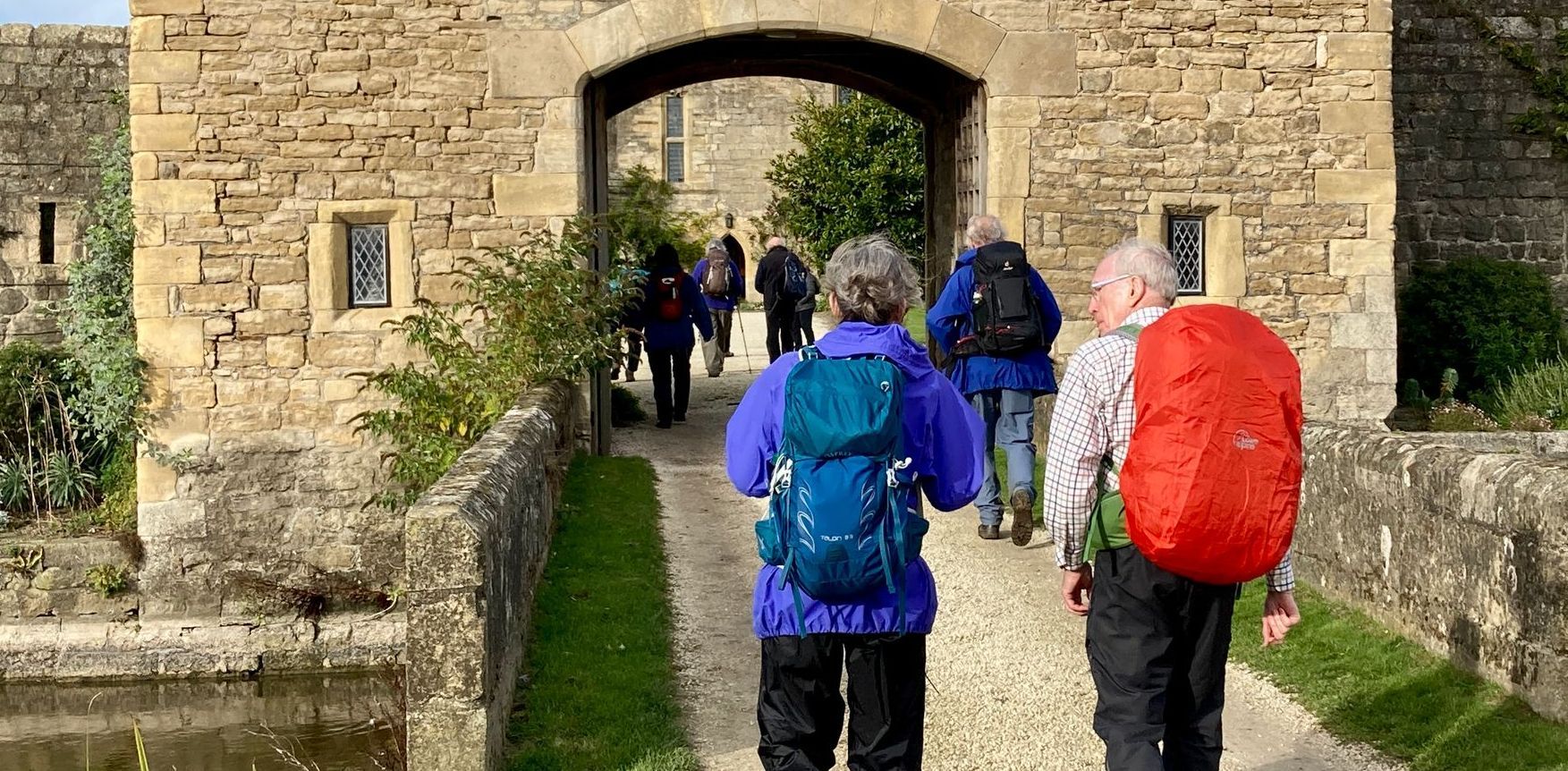The Pilgrim Cross experience of group walking pilgrimage
In this post Alison Gelder shares her experience of group walking pilgrimage drawing on many years of taking part in Pilgrim Cross during Holy Week.
Pilgrim Cross (formerly Student Cross) is a distinctive pilgrimage experience. It only takes place once each year, in Holy Week (the week before Easter). The destination is the shrines (both Roman Catholic and Anglican) of Our Lady of Walsingham. We walk in groups (legs), carrying big wooden crosses, and we walk on roads as well as footpaths.
The first Student Cross took place in 1948, inspired by the 1946 cross carrying peace pilgrimage to Vezelay in France. A group of ex-servicemen and students walked from London to Walsingham, arriving on Good Friday and celebrating Easter at the shrine. They had such an amazing time that they decided to do it again the next year and so it has continued. There are now twelve legs, most walking for a week, five for over 18s, two for teenagers, two for families, and an all age leg that walks for one day, Good Friday. For more information about the legs
Pilgrim Cross is not a charity or a formal organisation. We elect a National Director each year on Holy Saturday and there are a few other elected/volunteer positions such as music director and recruitment/marketing lead. Each leg is autonomous and elects its own leadership every year. Continuity is provided by experienced walkers, previous National Directors and through the Student Cross Association (SCA), a charity that supports pilgrims and the pilgrimage.
We mainly sleep on church hall floors and our food is provided by the parishes who are hosting us or we cater for ourselves. All the baggage is carried by support vehicles. As well as the large wooden cross we also wear red crosses to show that we are pilgrims. Our routes are not waymarked and tend to change a little each year as roads become too busy to be safe for walking or as new footpath options open up. The costs of the pilgrimage are covered by the pilgrims, with support from the SCA, some of the parishes along the routes, and other generous donors. The price for the week (including food and accommodation) ranges from around £200 for a working adult to around £50 for a student or unemployed person.
About half of the legs have ordained chaplains (who could be Roman Catholic, Anglican or Methodist) but all the legs have a person or team who are responsible for organising the liturgies and the rhythm of prayer that shape our days on and off the road. Several times a day we pause to rest and to share a reflection offered by one of the pilgrims. We also develop and share our prayer times and liturgies with the communities we visit. Typically a leg will visit three or four communities and their churches each day.
Making music together and singing, on the road, liturgically, in pubs and churches, and especially when we arrive in Walsingham, is a big part of our ethos. You could say it’s a particular charism of Pilgrim Cross.
Challenges
Building community. Every Holy Week, in each leg, a new community is created as the group of 20 - 30 people come together to carry their cross to Walsingham. One of the challenges for the leg leadership team is to foster the growth of community between the pilgrims on their leg and at the same time to nurture relationships with the parishioners who so generously welcome us along the way - we cannot be an inward facing community. The shared experiences of walking, praying and living together often lead to strong bonds within the leg; many people form lifelong friendships and think of Pilgrim Cross as an extended family. There is then another challenge when the leg reaches Walsingham, to open up the community to become part of the whole of Pilgrim Cross.
Obedience
Just as in any religious community there is a need for some structure, for bones to support our community and our individual formation as pilgrims and Christians. On Pilgrim Cross the objective is to get the leg and the cross safely to Walsingham and every member of the leg has a contribution to make to that task. Some of the lessons I have learned as a participant in Pilgrim Cross are about managing with limited personal space and quiet time, and about receiving as well as giving. There is a particular need for a level of discipline when walking on roads. People have to accept that they must keep together, and listen to and follow the road leader’s instructions. It is important to keep to time when hosts are waiting for us with refreshments. There can also be an issue about wanting to walk every step of the way. In my opinion a pilgrimage is not a sponsored walk and can be completed through serving the group in other ways than as a walker. But sometimes there are difficult conversations to be had with pilgrims who are tired or injured and yet want to continue to walk.
Safeguarding
Obviously we have a safeguarding policy with different aspects for different groups, for example families and single adults. Issues can be raised with chaplains, leg leaders and the National Director. We have worked on a behaviours policy and a statement that all pilgrims sign up to. For us the most serious issues that have arisen have been about safeguarding individuals who are attracted to Pilgrim Cross at times of crisis in their lives and experience mental distress during the walking week. We need strategies to care for them, to get them to a place of safety and to care for the rest of the group at the same time.
To find out more visit our website,
https://pilgrimcross.org.uk/about-sca/ or follow us on instagram, pilgrimcross or Facebook, Pilgrim Cross.
